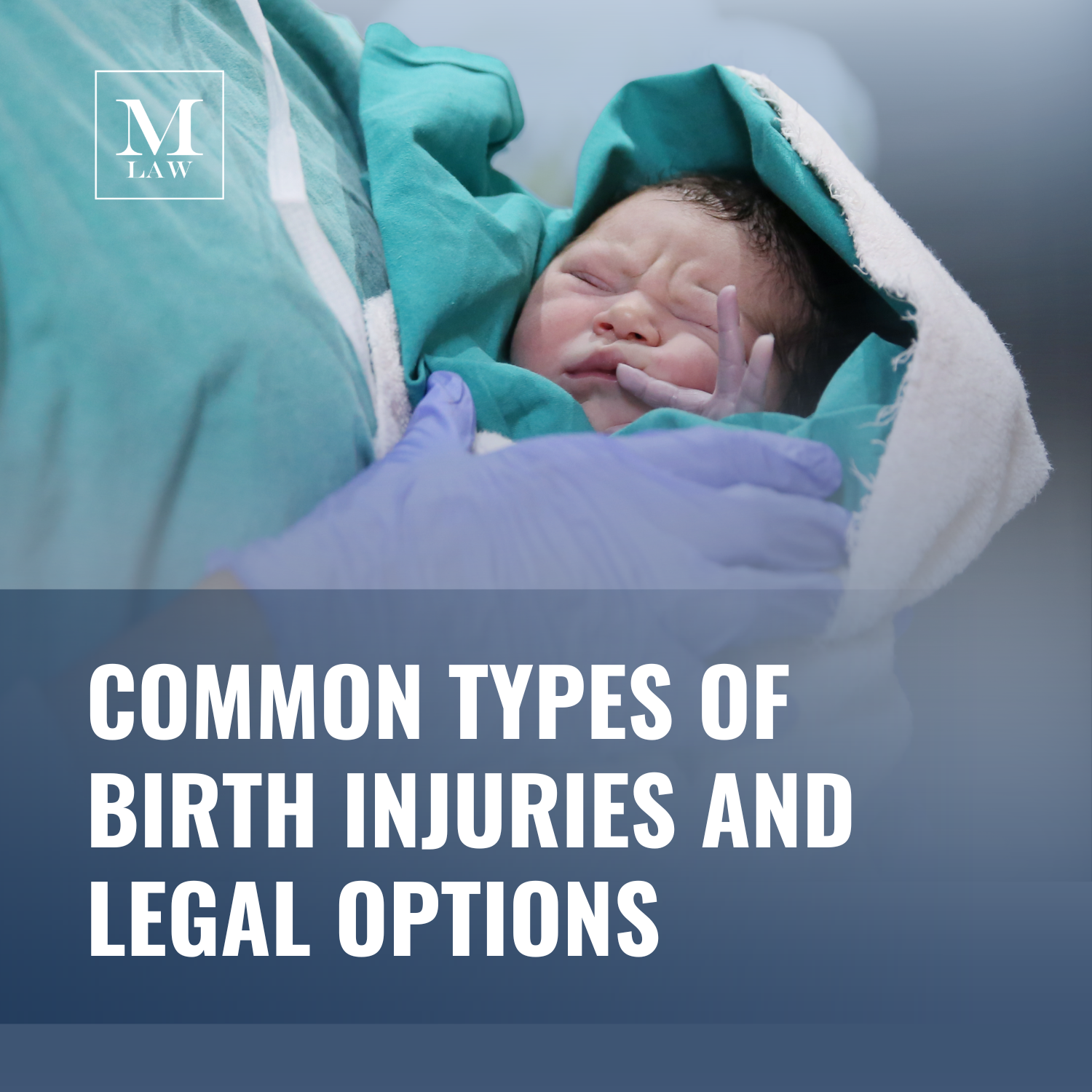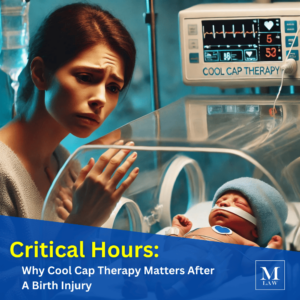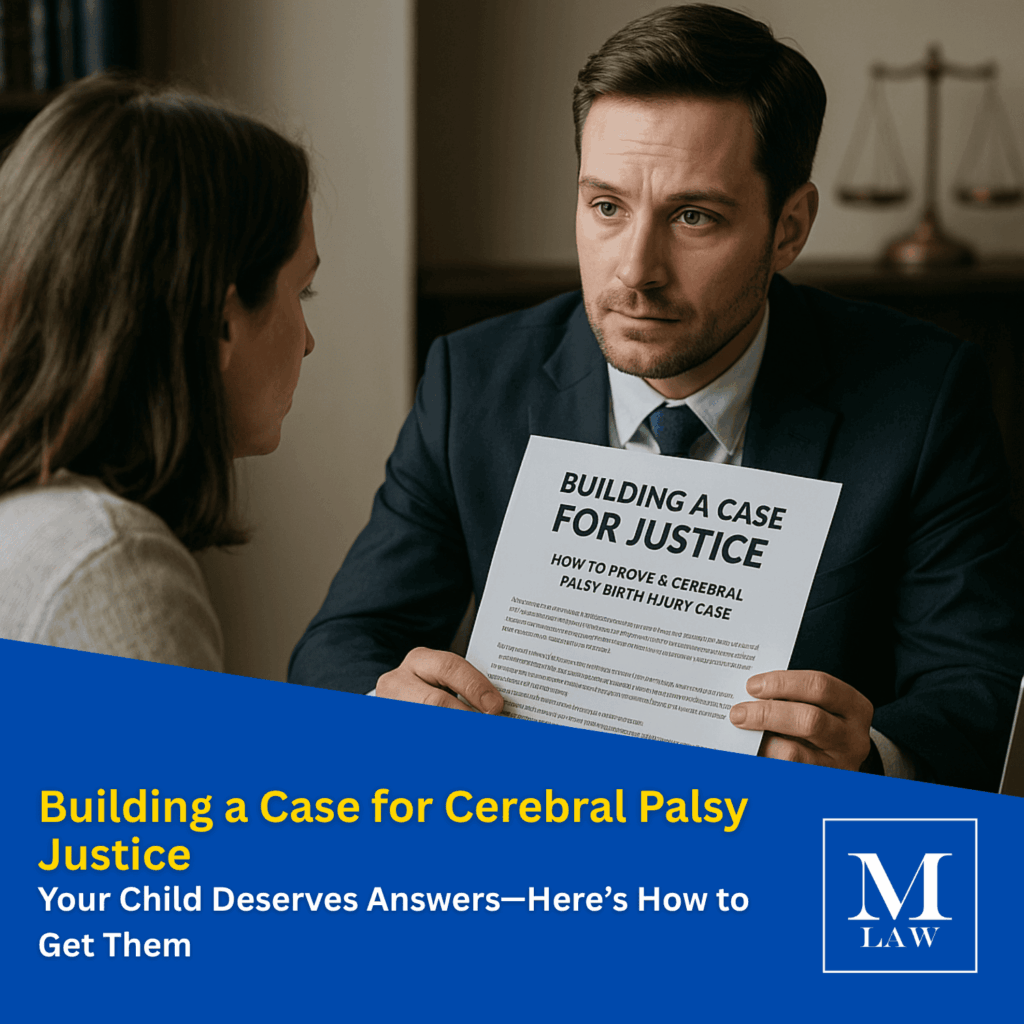The birth of a child is a momentous occasion, but complications during labor and delivery can lead to birth injuries, affecting both the newborn and the family. Understanding common types of birth injuries and the legal avenues available is crucial for affected families seeking justice and compensation.
Common Types of Birth Injuries
- Cerebral Palsy (CP)
Cerebral palsy is a neurological disorder resulting from brain damage before, during, or shortly after birth, affecting muscle coordination and movement. While not always caused by birth injuries, perinatal factors like birth asphyxia can contribute to CP. - Brachial Plexus Injuries
These injuries involve damage to the network of nerves controlling the arms and hands, often resulting from excessive force during delivery. Conditions such as Erb’s Palsy can lead to weakness or paralysis in the affected limb. For more information, visit Common Birth Injuries. - Hypoxic-Ischemic Encephalopathy (HIE)
HIE occurs when the baby’s brain doesn’t receive sufficient oxygen, leading to potential brain damage. The severity can vary, with long-term developmental challenges in severe cases. - Fractures
Clavicle fractures are common during difficult deliveries, especially if the baby’s shoulders are broad or if assistive devices like forceps are used improperly. Detailed insights can be found in Understanding Birth Injuries. - Cephalohematoma
This condition involves bleeding between the baby’s skull and periosteum, often appearing as a raised bump on the head. While it typically resolves on its own, it can sometimes lead to complications like jaundice.
Signs of Birth Injuries
Recognizing the signs of a birth injury early is vital for prompt intervention. Indicators may include:
- Abnormal heart rates in the baby or mother during labor.
- Presence of meconium-stained amniotic fluid, indicating fetal distress.
- Low Apgar scores at birth.
- Seizures or unusual movements in the newborn.
- Need for resuscitation or specialized medical interventions immediately after birth.
Legal Options for Birth Injuries
If a birth injury is suspected to result from medical negligence, families have legal options to consider:
- Consultation with a Birth Injury Attorney
Engaging with an experienced birth injury lawyer is essential. They can review medical records, consult with medical experts, and determine the viability of a legal claim. For further details, check out Birth Injury FAQs. - Filing a Medical Malpractice Lawsuit
If negligence is evident, a lawsuit can be filed against the responsible healthcare providers or institutions. This legal action seeks compensation for medical expenses, ongoing care, pain and suffering, and other related damages. More about this process can be found in Understanding Birth Injuries. - Understanding Statutes of Limitations
It’s crucial to be aware of the time limits for filing a claim, which can vary by jurisdiction. In New York, for instance, the statute of limitations for birth injury cases generally requires action within ten years after birth, but specific circumstances can alter this timeframe. - Settlement Negotiations
Many birth injury cases are resolved through settlements, providing compensation without the need for a prolonged trial. The average settlement amount can vary significantly based on the injury’s severity and the case’s specifics.
Conclusion
Birth injuries can have profound and lasting effects on families. Understanding the common types of injuries, recognizing early signs, and being aware of legal options are critical steps toward securing justice and necessary compensation. Consulting with a knowledgeable birth injury attorney can provide guidance tailored to your specific situation, ensuring that your family’s rights are protected.
Merson Law, with extensive experience in handling sensitive birth injury cases, is committed to advocating for families and securing the compensation they deserve. For expert legal representation and compassionate support, visit Merson Law today.








